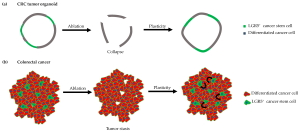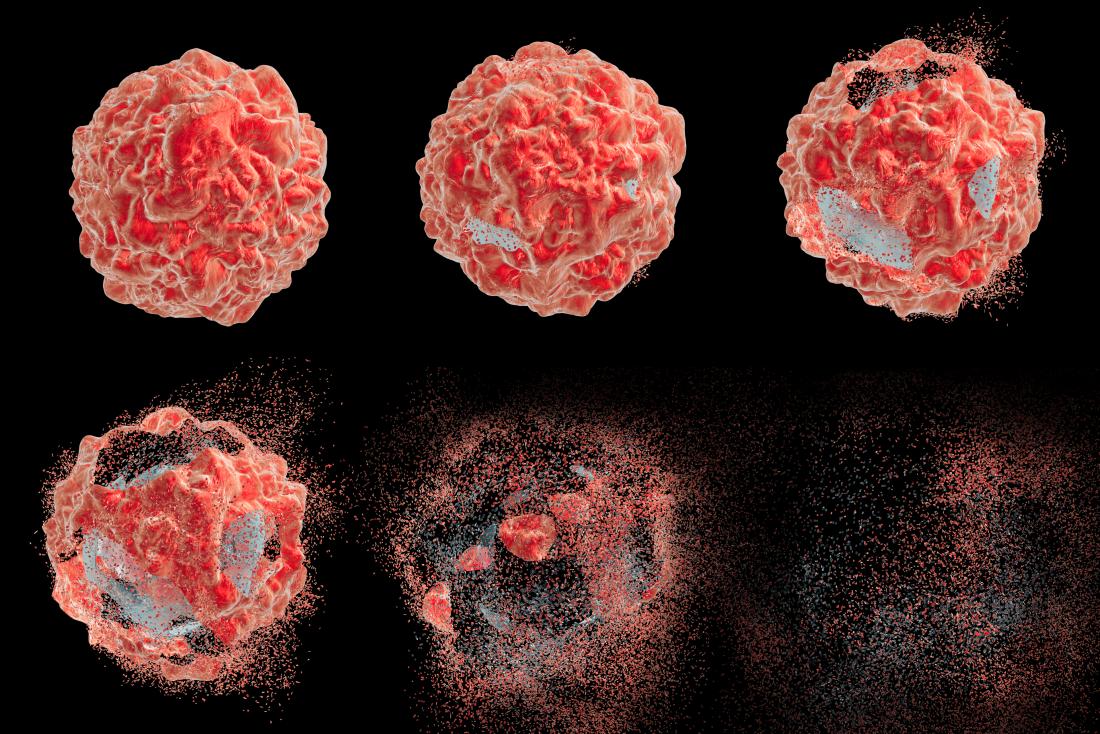The Significance of Cancer Staging
Understanding cancer stages is crucial for tailoring effective treatment plans. It involves classifying the type of cancer, determining the size of the initial tumor, and assessing whether the cancer has spread to other parts of the body. This categorization aids doctors in planning optimal treatments, gauging the severity and survivability of the cancer, and identifying clinical trials that may enhance treatment outcomes.
How Cancer Staging Facilitates Treatment
- Optimal treatment planning
- Assessment of severity and survivability
- Identification of relevant clinical trials
Unveiling the Five-Stage System
Healthcare professionals often employ a straightforward five-stage system to categorize cancers. Each stage corresponds to an increase in severity, accompanied by a decrease in survival rates. Additionally, there are specific terms such as “in situ,” “localized,” “regional,” “distant,” and “unknown” that further describe the cancer’s status.

Key Terms in Cancer Staging
- In Situ: Abnormal cells present but not spread
- Localized: Cancer confined to the initial site
- Regional: Spread to nearby tissues or lymph nodes
- Distant: Spread to distant body parts
- Unknown: Insufficient information for classification
A Detailed Exploration of Each Stage
Stage 0: Carcinoma in Situ
Stage 0 refers to the presence of abnormal tissue that has not yet spread. Referred to as carcinoma in situ, this stage involves the identification of abnormal cells that, if untreated, may progress into cancer. Treatment usually involves the removal of these cells and surrounding tissue, with a generally high survivability rate, varying by cancer type.
Stage 1: Early Cancer
Characterized by a small tumor that has not spread to nearby tissues or lymph nodes, stage 1 cancer often requires surgical removal or radiation therapy. With favorable survival rates, stage 1 signifies an early stage of cancer.
Stage 2: Larger Tumor
In stage 2, the tumor is slightly larger and may have grown into nearby tissues. Treatment varies based on the cancer type and other factors, with options including radiation therapy or surgery. Despite the increased size, stage 2 cancer is often treatable with a high survivability rate.
Stage 3: Localized with Invasion
Stage 3 involves a larger tumor that has invaded nearby tissues, possibly affecting lymph nodes. Treatment tends to be more aggressive, with factors such as the cancer’s location influencing the approach. Survival rates are generally lower compared to earlier stages.
Stage 4: Advanced Cancer
Stage 4 represents the most severe stage, where the tumor is large, and cancer has spread to other areas of the body. Treatment is often aggressive, aiming to slow or stop the spread. The outlook for stage 4 cancer is less favorable, influenced by factors like age, cancer type, and overall health.

The Universal TNM Staging System
Widely adopted across the globe, the TNM staging system, developed by the American Joint Committee on Cancer and the International Union Against Cancer, provides a detailed assessment of primary tumors (T), nearby lymph nodes (N), and distant metastasis (M). The TNM scores collectively determine the overall cancer stage, with higher scores indicating a worse outlook and more intricate treatment.
Understanding TNM Scoring
- T (Primary Tumor):
- TX: Primary tumor cannot be evaluated
- T0: No evidence of the primary tumor
- T1-T4: Describing size or extent, with larger numbers indicating a bigger tumor
- N (Lymph Nodes):
- NX: Doctor cannot evaluate regional lymph nodes
- N0: Cancer has not spread to any lymph nodes
- N1-N3: Spread to regional lymph nodes, with each number indicating the extent of the spread
- M (Metastasis):
- M0: Cancer has not spread to distant parts of the body
- M1: Cancer has spread to distant parts of the body
Evaluating Cancer Grades
Cancer grades play a pivotal role in assessing tumor and cell abnormalities. The grading system, ranging from 1 to 4, evaluates how close cancer cells are to normal cells. Higher grades signify more abnormal cells, indicating faster growth and spread, making higher-grade tumors harder to treat.

The Grading System
- Four grades (1-4)
- Grades 1-2: Mostly normal cells, slower growth
- Grades 3-4: More abnormal cells, faster growth and spread
Can Cancer Stages Change?
In most cases, cancer stages remain constant, providing a reference point for treatment decisions. Even if cancer undergoes changes over time, doctors typically refer to the initial stage assigned at diagnosis. On rare occasions, if cancer returns, a new stage may be assigned, yet it does not replace the original one. This dynamic aspect adds complexity to cancer management.
Summary
In conclusion, cancer staging serves as a crucial tool in describing the severity of cancer, guiding treatment decisions, and offering insights into the overall cancer journey. With various methods employed by healthcare professionals, the TNM staging system, grades, and the potential for stage changes contribute to a holistic understanding of cancer progression. It is a journey marked by careful assessment, tailored treatments, and ongoing vigilance in the face of potential changes.




